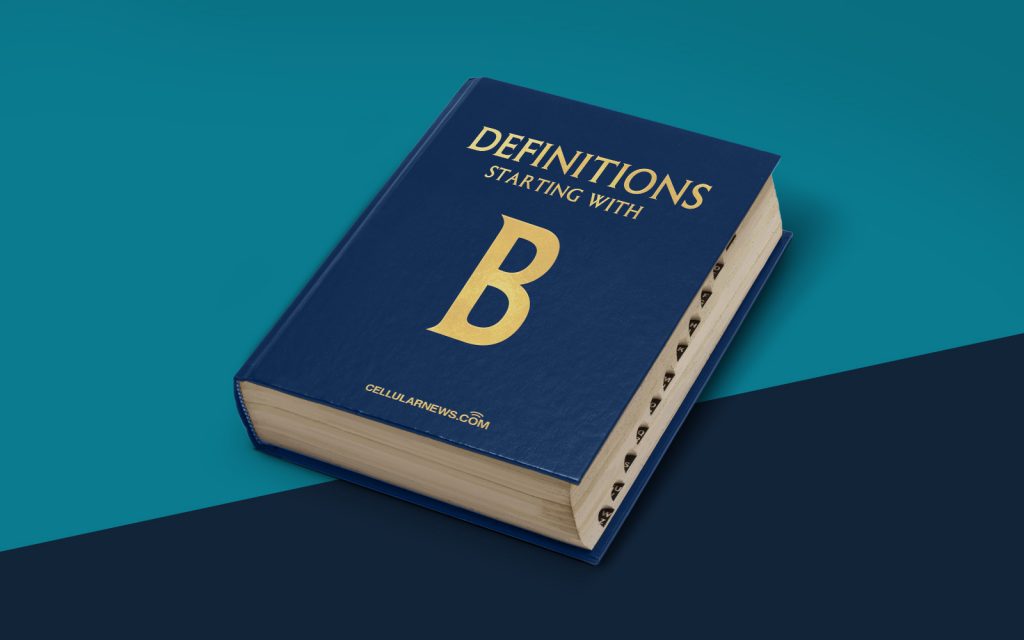
DEFINITIONS: What is a Block Code?
Welcome to the DEFINITIONS category of our blog! In this series, we provide concise explanations of fundamental concepts in various fields. Today, we’ll be diving into the world of computer science and exploring the fascinating topic of Block Codes. So, let’s get started!
A Block Code is a method used in computer programming and information theory to encode and decode data. It is a type of error-control code that breaks up a message into fixed-length blocks, with each block representing a specific combination of bits. By using predefined rules, these codes help transmit data accurately and efficiently, even in the presence of errors or noise.
Key Takeaways:
- Block codes are used to encode and decode data in computer programming and information theory.
- They help ensure accurate and efficient transmission of data, even in the presence of errors or noise.
Here are some important characteristics and features of block codes:
1. Fixed-Length Blocks:
In block coding, the message or data to be transmitted is divided into fixed-sized blocks of bits. Each block contains a specific number of bits, regardless of the actual information being transmitted. This fixed-length structure allows for easier decoding and error detection, as each block can be analyzed independently.
2. Redundancy and Error Correction:
Block codes incorporate redundancy into the encoded data. Redundancy involves adding extra bits to the original message, which allows the receiving end to identify and correct any errors that may have occurred during transmission. These additional bits provide a form of error detection and correction, ensuring the integrity of the data.
3. Error Detection and Correction:
One of the primary objectives of using block codes is to detect and correct errors that may occur during the transmission of data. By analyzing the received blocks and comparing them to predefined patterns or rules, errors can be identified and corrected. This error-control mechanism increases the reliability and accuracy of the data being transmitted.
In conclusion, block codes play a crucial role in ensuring the accurate and efficient transmission of data in computer programming and information theory. By dividing messages into fixed-sized blocks, incorporating redundancy, and implementing error detection and correction techniques, block codes enhance the reliability and integrity of data transmission.
Key Takeaways:
- Block codes are used to encode and decode data in computer programming and information theory.
- They help ensure accurate and efficient transmission of data, even in the presence of errors or noise.
We hope this post has provided you with a clear understanding of the concept of block codes. Stay tuned for more informative and interesting posts on exciting topics in the world of technology and beyond!
